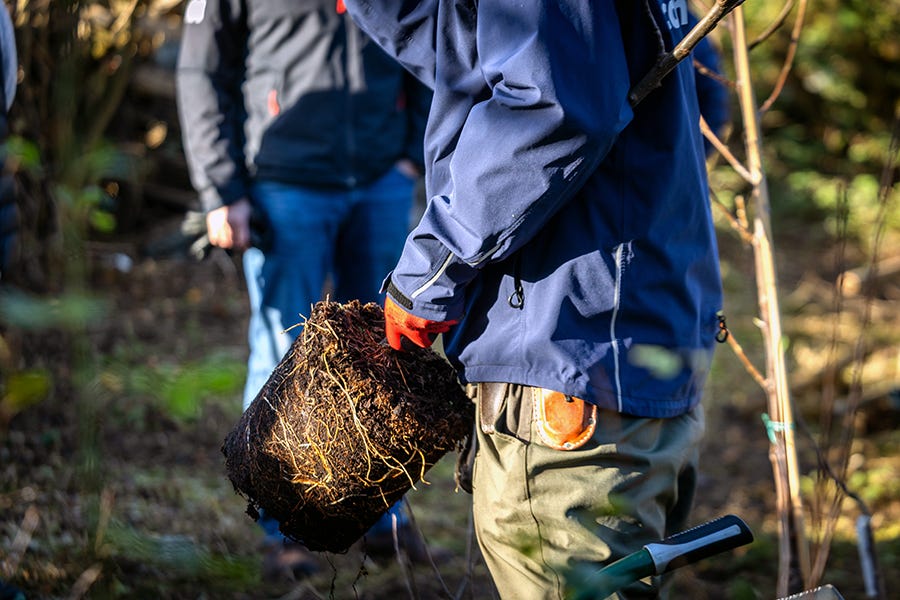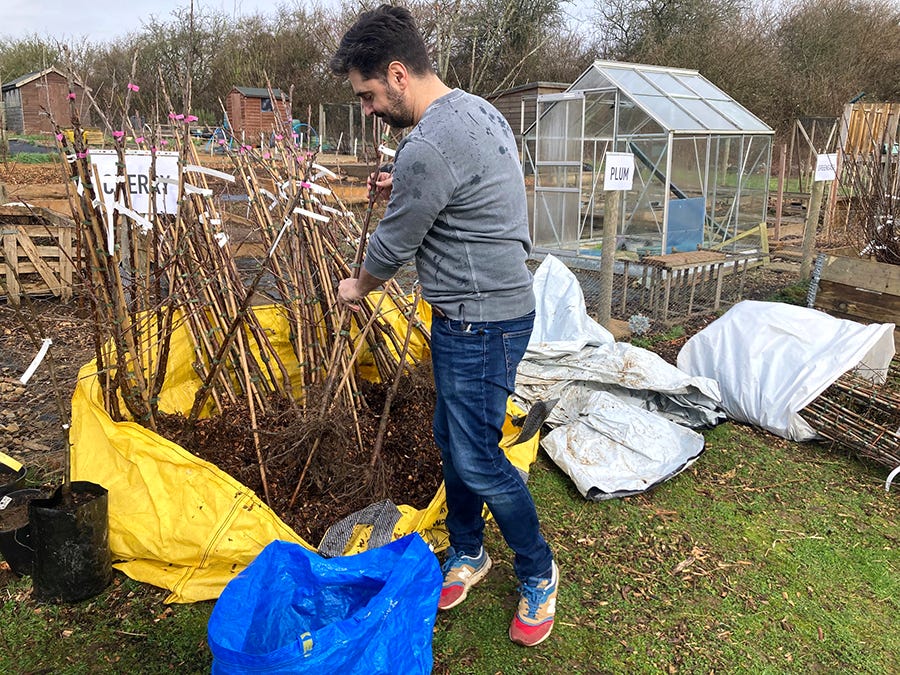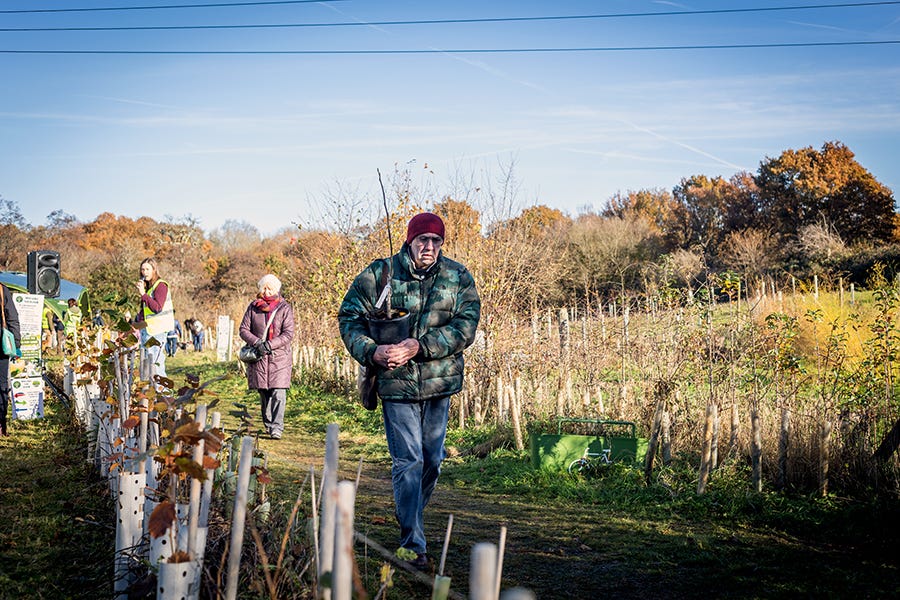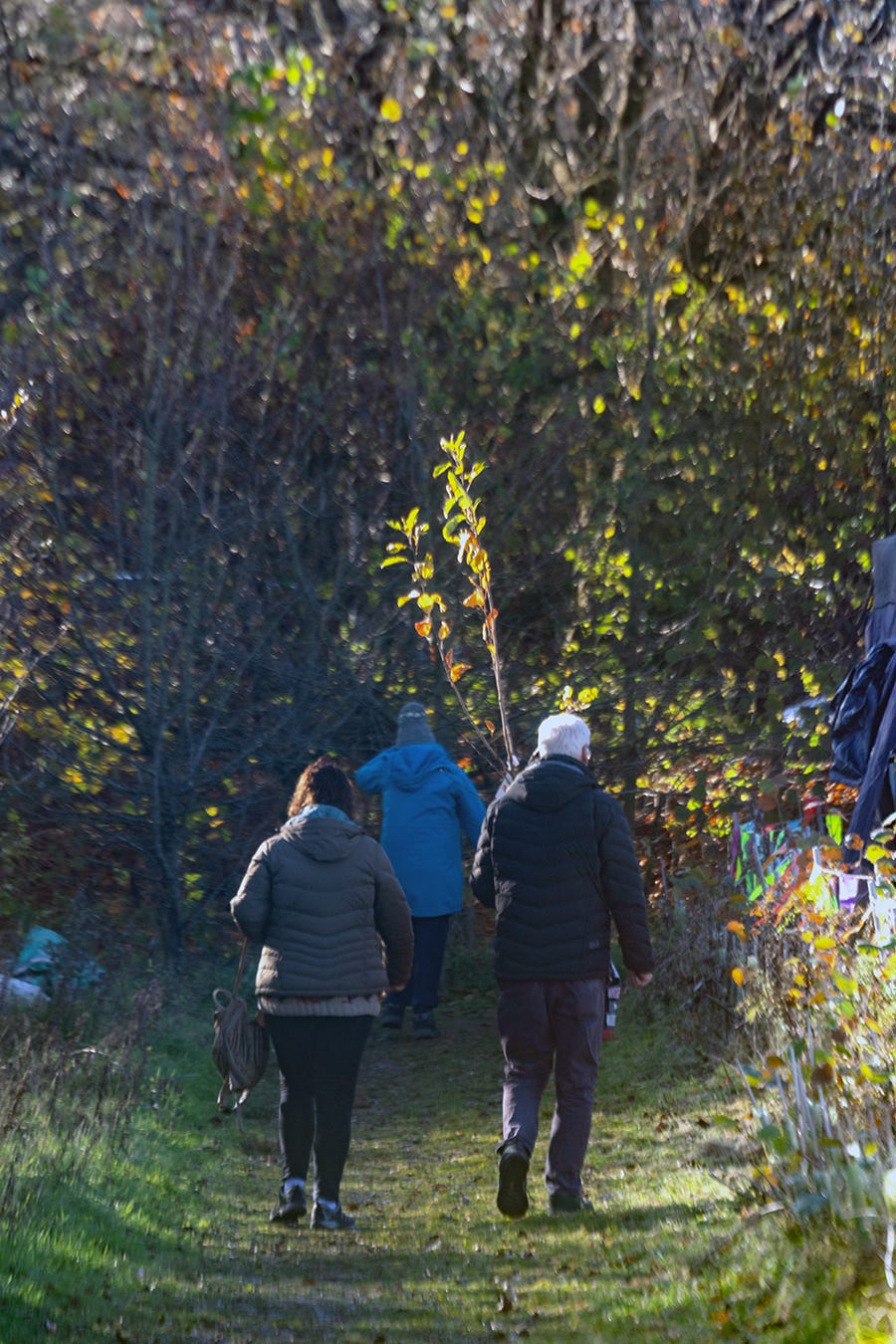Free or subsidised trees?
Early indications from our research trials...
Chichester District Council has been part of the Trees Outside Woodland project since December 2020. It has been a fantastic project to be part of. The £4.8m, five-year project is funded by HM Government’s Shared Outcomes Fund, and led by Defra, The Tree Council and Natural England, in collaboration with us at Chichester District Council and four other local authorities.
In our trial scheme, we wanted to identify whether offering either free or 50% subsidised trees was the more cost-effective method to establish trees outside woodland. We ran two tree schemes on consecutive years, offering residents, community groups, schools, parish councils, charities, businesses, landowners and farmers in the district the opportunity to apply for trees, guards and canes, which they could receive for free in the first year, or at a subsidised cost in the second year.
We wanted to discover whether asking applicants to pay a portion of the cost would motivate them to look after the trees more than if they were free, and therefore increase the survival rate of trees planted. If so, this would represent better value for money than giving trees away for free.
Not only did we want to research the answer to this question, but we also wanted to get more trees in the ground. The schemes were a huge success with a total of 15,495 trees planted across 152 sites in the Chichester District over two years and nationally, more than 160,000 trees have been planted as part of this trial.
It was amazing to see so many trees planted across the district at such a range of different sites. Since planting, each summer I have been monitoring all of the sites, distributing a survival questionnaire to recipients and I’ve travelled around the district to see some of the trees in person. We wanted to monitor the survival rate as well as recipients’ perceptions of being part of the schemes.
On my site visits, it was brilliant to finally see the trees in the ground after the work we put in to launch this scheme. I also met so many inspiring people who had received trees, from schools planting ten trees to green-up a small area in their grounds, through to farmers receiving hundreds of trees to plant hedgerows, with each applicant planting for their own reasons.
There was good uptake of both schemes – the number of trees we were able to distribute through both schemes was very similar – but applications for the subsidised tree scheme were slower to come through. I think this is to be expected as the trees weren’t free.
However, I have seen that the survival rate for the trees that were planted as part of the subsidised scheme seem to be higher than for the free tree scheme. This could be for a variety of reasons, perhaps people who received trees through the subsidised scheme are invested financially and may be taking better care of the trees – whether this is watering them more, adding mulch, compost or even talking to their trees, I’m not sure yet, but is something we could investigate in the future.
On collection days for the subsidised trees, there were fewer dropouts, and people didn’t pass their trees on to neighbours or friends as often as we saw with the free scheme. We also observed general attitudes towards the trees being more positive among recipients in the subsidised scheme. This further adds to the impression that paying a small amount towards the cost increases the sense of ownership that participants feel toward the trees.
This trial has been replicated in three other local authorities and we have been analysing the costs and survival rates to understand the differences between the two types of scheme. The project is hoping to publish these results over the next few months.
Sophie Hamnett is the Tree Project Officer at Chichester District Council. To find out more about the Trees Outside Woodland project, please visit www.treecouncil.org.uk/science-and-research/shared-outcomes-fund/
MORE: Investigating novel approaches to tree planting by Jackie Shallcross








How did you evaluate the quality of the trees being planted as a component of survival?. I used free trees to plant over 2000 whips to restore and recreate hedgerows and tree lines locally. Many of the whips we were sent did not appear to have been root pruned and therefore had very poor root systems. This will have severely affected survival, especially given the highly problematic weather since planting (mainly the lack of rain for long periods) where after care and watering were always going to be a challenge.
Interesting preliminary finding, be very interested to see what data from the other council schemes shows. Look forward to reading the published research when available.